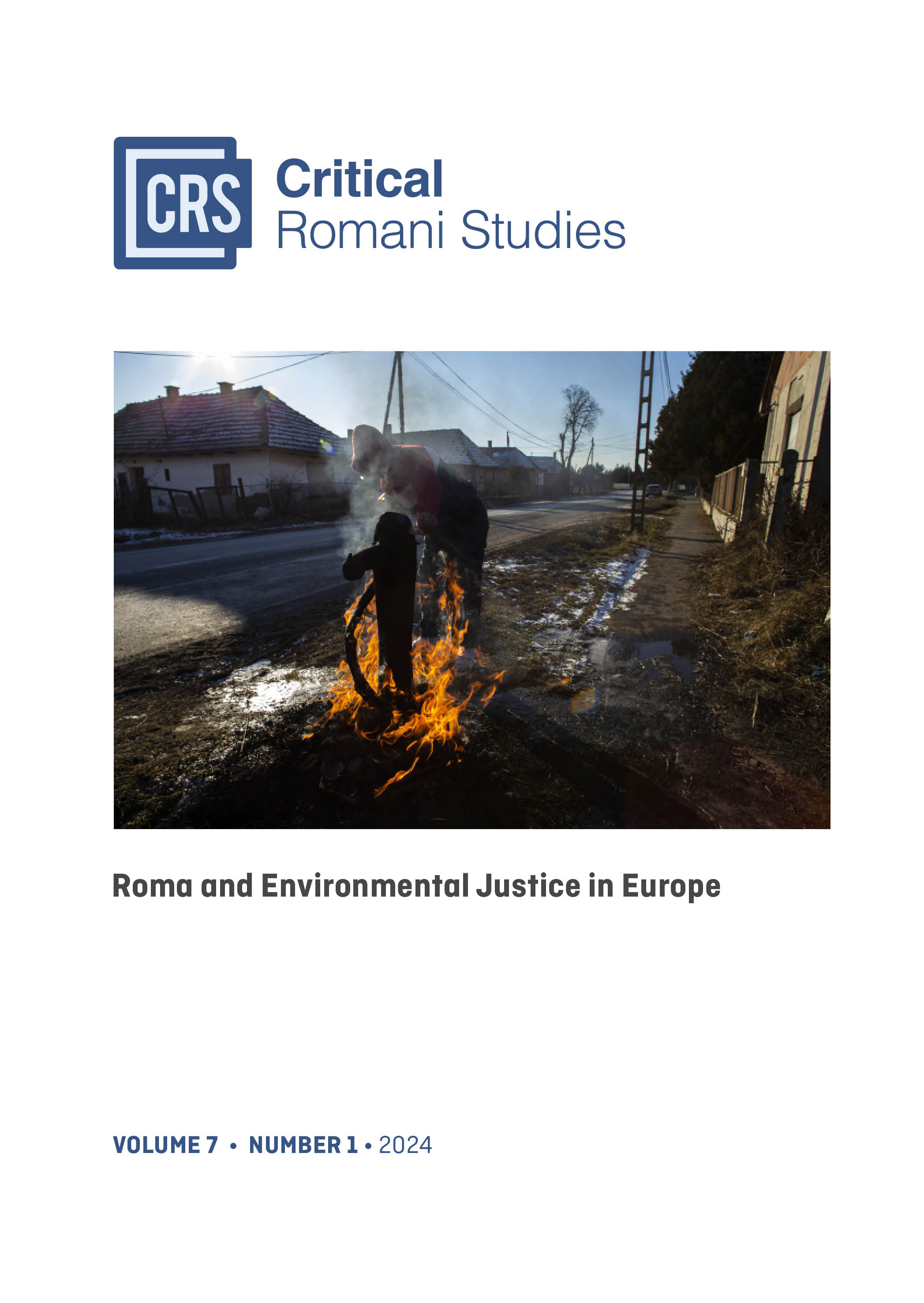Racialised Stereotypes of Scrap Iron Collection as Failures of Ecological Citizenship
Main Article Content
Article Sidebar
Published
Apr 29, 2025
Diana Popescu-Sarry
Kian Mintz-Woo
Abstract
Despite scrap metal collection being a valuable ecological practice, one which exposes collectors to health hazards and poor workingconditions, it is frequently devalued and rarely portrayed as a positive environmental contribution. Our article examines views regarding scrap metal collection expressed in response to Charlie Hebdo’s caricature of the (non-Romani) Romanian tennis player Simona Halep as a scrap iron collector. We argue that the reactions to the caricature are evidence of a racially charged negative stereotype of Roma as (illicit) scrap iron recyclers. Second, we argue that what makes this stereotype wrong is not (just) that it is false or demeaning, but that it contravenes duties to reduce material footprints through activities like metal recycling. Drawing on Andrew Dobson’s work, we explore the stereotype’s negative framing of metal collection as a failure of ecological citizenship, and we consider how its racial elements challenge Dobson’s neutral image of ecological citizens. We argue that addressing the stereotype requires a more inclusive and transformative understanding of ecological citizenship, and we end by considering ways in which focusing on the duties of ecological citizenship can boost the struggles against the various forms of ecological injustice and exploitation that Romani communities face.
How to Cite
Popescu-Sarry, D., & Mintz-Woo, K. (2025). Racialised Stereotypes of Scrap Iron Collection as Failures of Ecological Citizenship. Critical Romani Studies, 7(1), 94–114. https://doi.org/10.29098/crs.v7i1.178
Article Details
Keywords
ecological citizenship, ecological justice, Roma minority, scrap metal recycling, stereotypes
Section
Articles

This work is licensed under a Creative Commons Attribution-NonCommercial 4.0 International License.
Authors who publish with this journal agree to the following terms:
- Authors retain copyright and grant the journal right of first publication. The work is licensed under a Creative Commons Attribution-NonCommercial License that allows others to share the work with an acknowledgement of the work's authorship and initial publication in this journal.
- Authors are able to enter into separate, additional contractual arrangements for the non-exclusive distribution of the journal's published version of the work (e.g., post it to an institutional repository or publish it in a book), with an acknowledgement of its initial publication in this journal.


 https://orcid.org/0000-0002-9216-9561
https://orcid.org/0000-0002-9216-9561